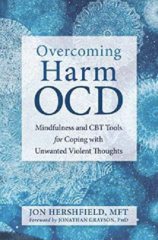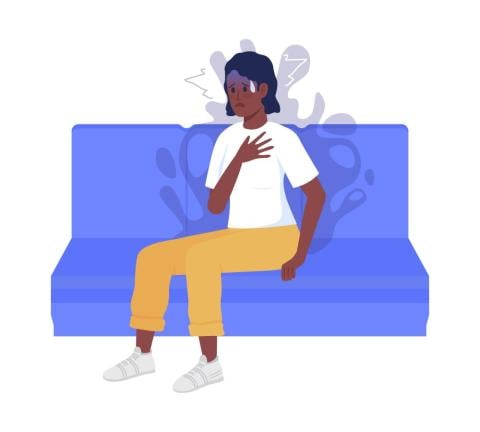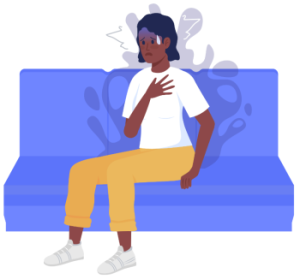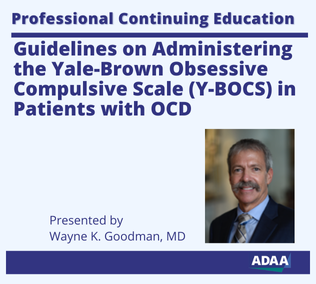Differentiating Self-Harm OCD from Suicidal Ideation
Differentiating Self-Harm OCD from Suicidal Ideation

How do I know if I have self-harm OCD or if I actually want to kill myself? This is a significant differentiation to make because it can have treatment-impacting and even life-threatening consequences. In this post, we will explore the main differences between suicidal ideation (SI) and self-harm obsessive-compulsive disorder (OCD).
SI occurs when an individual has thoughts and wishes related to death and suicide. To break it down even more, active SI is when an individual has thoughts about suicide and a plan to follow through with those thoughts. On the other hand, passive SI is a wish to die, but no definitive plan to follow through. Often, passive SI is the first step in reaching active SI.
Self-harm OCD is when an individual has unwanted thoughts about harming themselves and then feels anxious that they will hurt themself. It can be seen in the form of questions such as:
- “What if I want to hurt myself?”
- “What if I hurt myself with this?”
- “What if I lose control and hurt myself?”
- “Does having these thoughts mean that I want to hurt myself?”
Difference between ego-dystonic and ego-syntonic
- Ego-dystonic thoughts are intrusive and go against your values (things that are important to you).
- Examples:
- You want your child to win their championship game and have the thought, “I really hope they lose”.
- You do not wish to die and have the thought, “What if I used this object to hurt myself?”.
- Ego-syntonic thoughts are thoughts that are in line with your values.
- You want your child to win their championship game and have the thought, “I hope they win”.
- You are feeling depressed and hopeless and have the thought, “I don’t want to be here anymore”.
To be clear, everybody has both ego-dystonic and ego-syntonic thoughts. That is just how our brains are wired; we cannot control what thoughts pop into our minds. It is what you do with these thoughts that is important. Self-harm OCD is ego-dystonic while SI is ego-syntonic. Here are some examples (please note that these are just examples, not what everyone might experience):
- Self-harm OCD: You see a knife in the kitchen and think, “What if I stab myself with that?”. You then feel anxious, avoid looking at the knife, and leave the kitchen. You might tell yourself that you would never do that. You avoid anything that might trigger similar thoughts. However, you continue to experience these thoughts and maintain a cycle of avoidance/reassurance.
- SI: You see a knife in the kitchen and think, “What if I stab myself with that?”. You might feel relief and engage with the thought. These thoughts may be scary, but they get you to think about it. The initial thought transforms into other thoughts, “That would fix things; I wouldn’t have to feel this way anymore…”. You engage in the act of thinking and come up with a plan.
To differentiate the two, it is important to break it down by thoughts, feelings, and behavior:
- What thoughts/images/urges are popping into your head?
- How do you feel?
- What do you do (behaviorally- mentally or physically) after that thought?
All this being said, a person can have both self-harm OCD and SI. If you have concluded that you have self-harm OCD, please find an experienced Exposure and Response Prevention (ERP) provider. If you have concluded that you have suicidal ideation, please find an experienced Dialectical Behavior Therapist (DBT).
This post is presented in collaboration with ADAA's OCD and Related Disorders SIG. Learn more about the SIG.





















